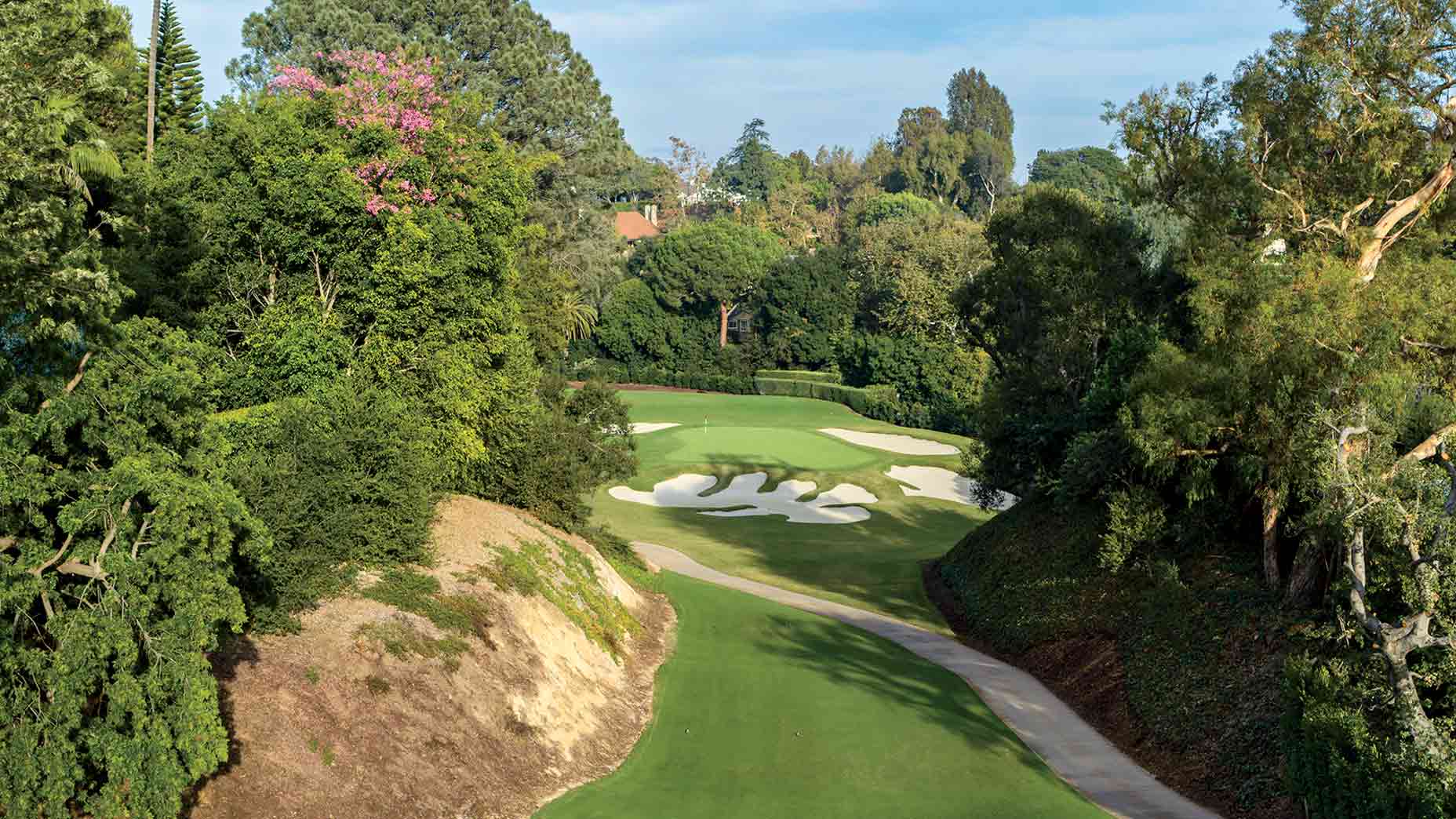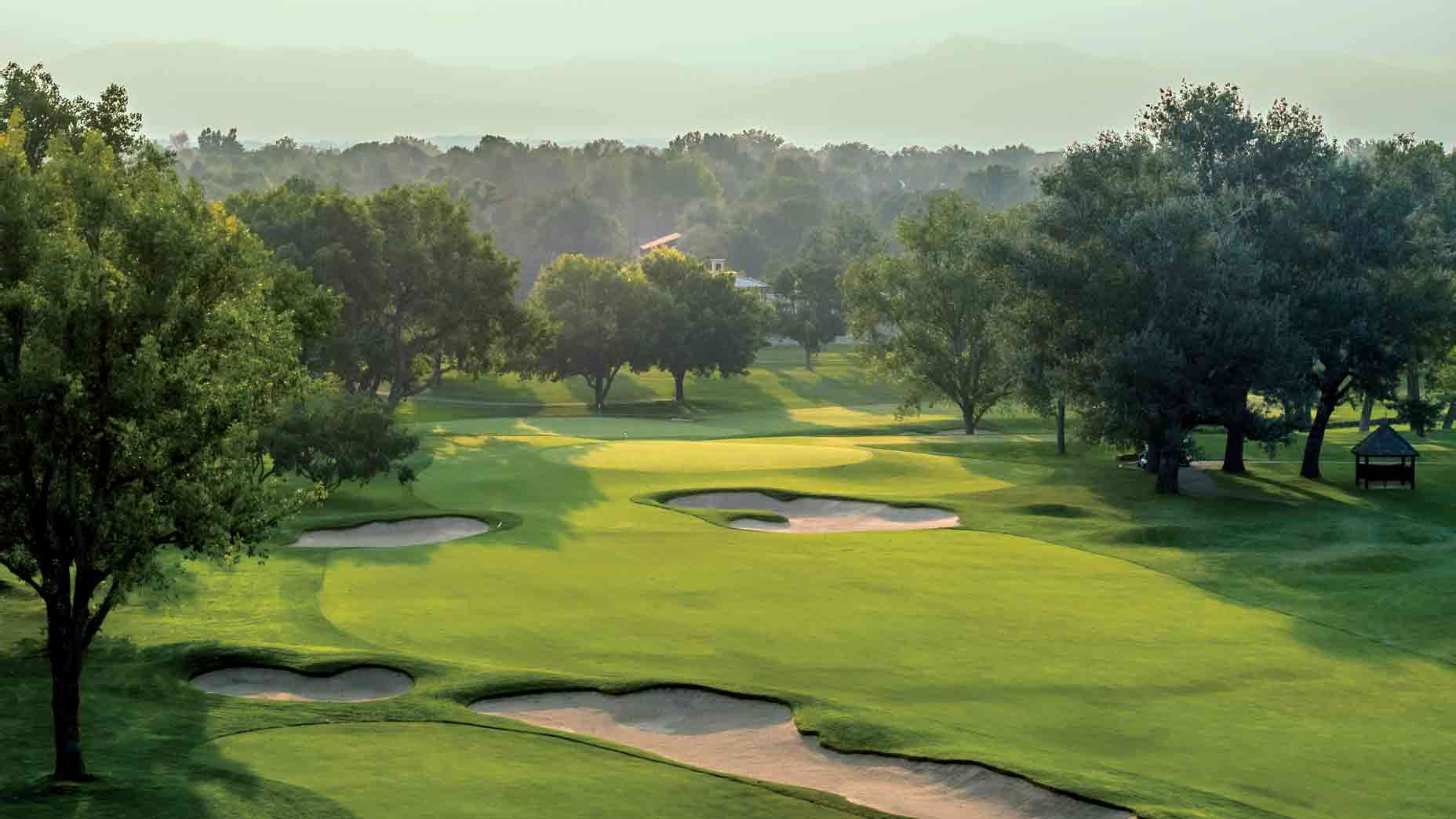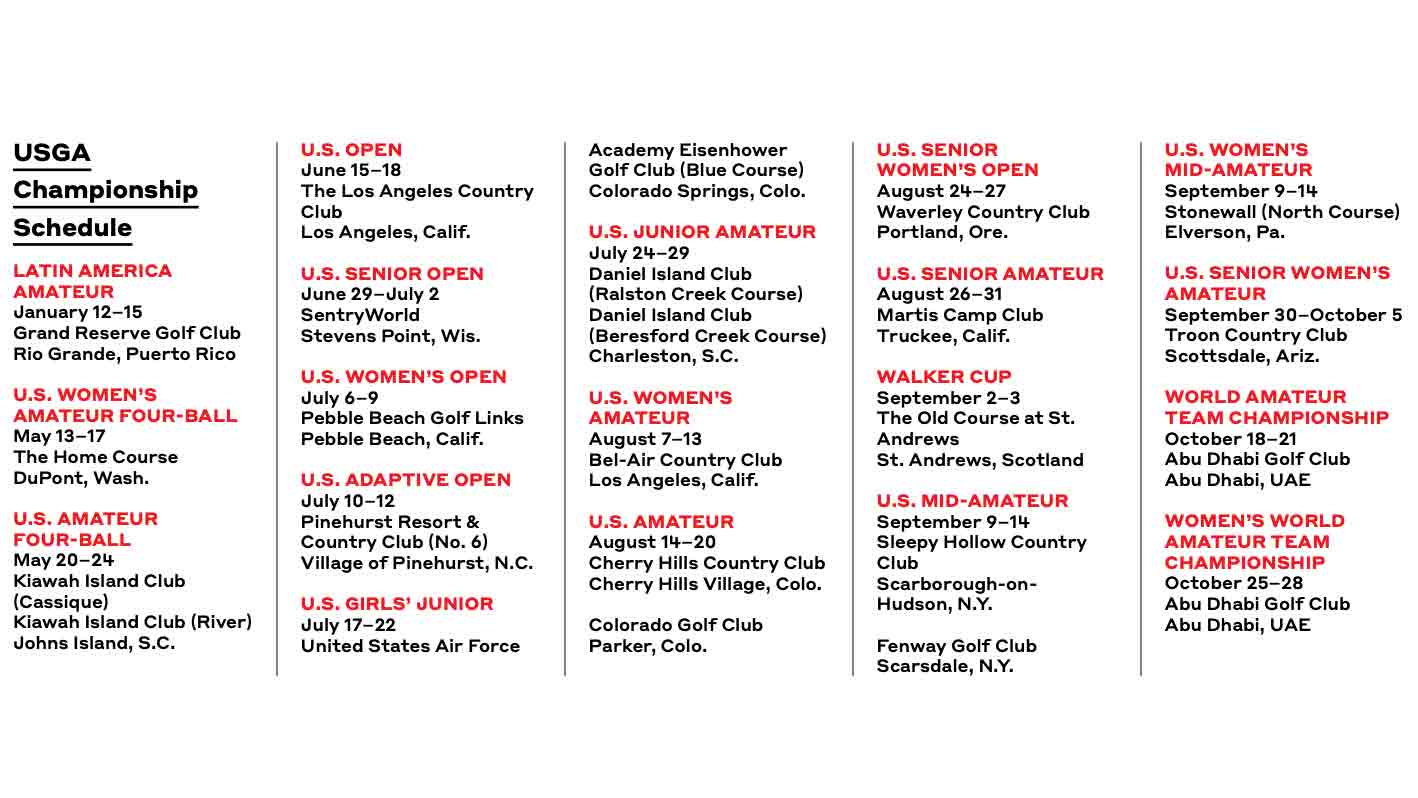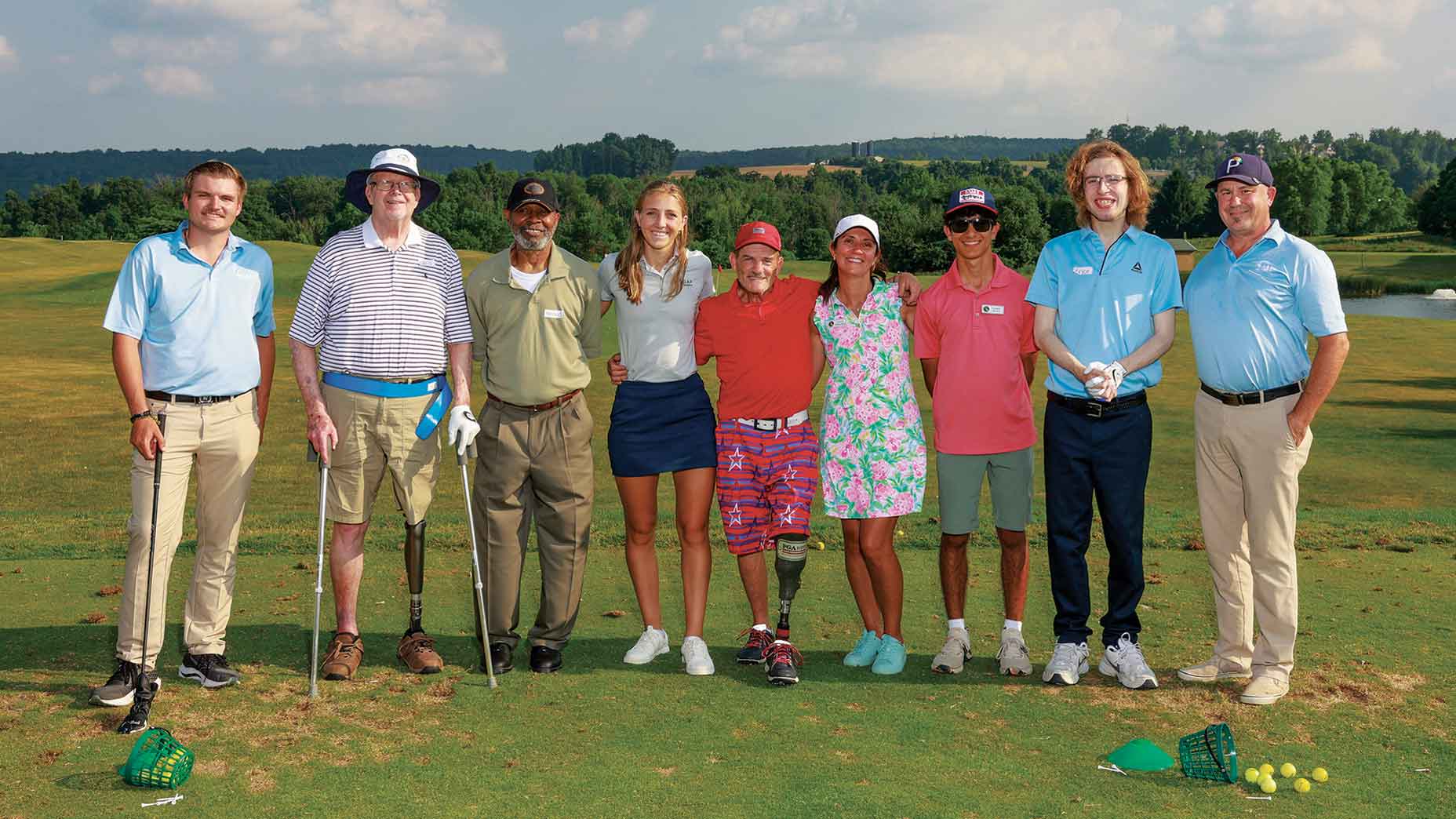From Pebble Beach to Sleepy Hollow? Inside this year’s epic USGA championship venues

Sleepy Hollow CC in Scarborough-On-Hudson, N.Y., will host the 2023 USGA Mid-Am.
Evan Schiller
The USGA’s selection of host sites for its 19 national events speaks to the variety in great course design and our country itself.
A careful study of this year’s USGA host venues clearly reveals one thing: The USGA does not play favorites. The courses truly are spread across the nation, from the Low Country in South Carolina to the heartland of Wisconsin to the Monterey Peninsula cliffs.
With such geographic diversity comes a variety of playing surfaces that runs the full gamut from bermuda to bent to fescue. Six of the courses were built during the Golden Age in architecture, Pinehurst No. 6 was built in the 1970s, SentryWorld in the 1980s, the River Course at Kiawah Island Club in the 1990s and Cassique in 2000. And, of course, golf has been played at the Old Course longer than the USGA has been around!
The single common denominator across all sites is in the USGA’s desire to have firm and fast playing surfaces, as such playing conditions help identify who is both striking the ball the best as well as managing their game.
Many of us don’t have regular access — or any access — to most C.B. Macdonald/Seth Raynor courses, but for those who live in the Northeast, September will be a grand time to tour Sleepy Hollow (see main photo above) when it hosts the Mid-Amateur. In revisiting the Macdonald/Raynor design over the past two decades, architect Gil Hanse and Macdonald expert George Bahto accomplished something remarkable, as this image above of the 15th green (foreground) and the 16th green (background) conveys. Trees were felled, and width and playing strategy returned. Hanse’s pièce-de-résistance was imbuing the course with many of Macdonald’s favorite template green contours. The dazzling views of the Hudson River only add to the thrill.
By the way, the Mid-Amateur requires two courses. This year, the second is Fenway Golf Club, about 10 miles away as the crow flies. This A.W. Tillinghast design isn’t as well known as its nearby neighbors, Quaker Ridge and Winged Foot, but golfers in the Northeast know it to be a true gem.
Architect George Thomas features twice in this year’s USGA events. We all know — and admire — what he accomplished at Riviera, but two of his other cornerstone designs from the mid-1920s will be on display when the North Course at Los Angeles CC hosts the U.S. Open, and Bel-Air (photo below) has the U.S. Women’s Amateur. Both courses have been fully restored, so it will be easy to gain an appreciation for why many design aficionados view Thomas as being among the all-time greats. Certainly, the rolling Southern California landscape and its barrancas are the perfect canvas upon which to showcase elite golf architecture.

The women head to Pebble Beach Golf Links in July for their biggest event, the U.S. Women’s Open. Getting to watch them tack around the course may be even more enjoyable than watching the AT&T each February. They will be approaching these small greens with clubs that the original architects at least
fathomed!
A clever hole like the 3rd, which doglegs sharply left, needs to receive its proper respect as the women will play it as a positional two-shotter versus taking a swipe at the green from the tee, as some of the men do. Players will be using every club in the bag, and seeing the best of the best women hitting mid-irons or hybrids from the sloping 9th fairway will re-instill the need to make stance and setup adjustments. Though the drone shot over the 7th green above highlights the remarkable meeting of land and sea, it doesn’t convey what the wind is doing. As it will at the Walker Cup at St. Andrews in September, the weather at Pebble will likely play a pivotal role over the course of the event.
There are also some fascinating course/field pairings. Take Denver’s Cherry Hills (photo below), the sites of this year’s U.S. Amateur. Players who grew up during the explosion in technology are heading to the Mile High City, where the ball carries about an extra 10 percent of distance. Forget about 300-yard drives — you may see some that approach 400 yards!

That’s a little terrifying, but William Flynn’s masterpiece west of the Mississippi stands ready. Carefully restored over the past 15 years by Eric Iverson, the course is a tactician’s delight. Players may drive over the 323-yard 3rd green but … will they secure the desired birdie to its domed green with tight grass running off in every direction? Many won’t, and this green complex will jangle some nerves early on. How will they handle the double hazards at the par-5 17th, which famously plays to an island green? The carry off the tee over the first set of bunkers is 335 yards, and then there is another row 410 yards out.
Flynn would likely be perturbed at the thought of players carrying the first set, but this hole has the ability to punch back. And, no matter how far you drive it around Cherry Hills, if you end up out of position around its tilted greens (e.g., over the 5th or right of the 10th), shots will bleed away. The match-play stage will be fascinating, given Cherry Hills’ plethora of half-par holes.
The co-host site of the 2023 U.S. Amateur is Coore & Crenshaw’s rugged Colorado Golf Club, whose incorporation of native grasses and vegetation stands in handsome contrast to Cherry Hills.
This year, the USGA has provided us an embarrassment of riches—a delightful smorgasbord of styles to suit all tastes. Good luck to all!












